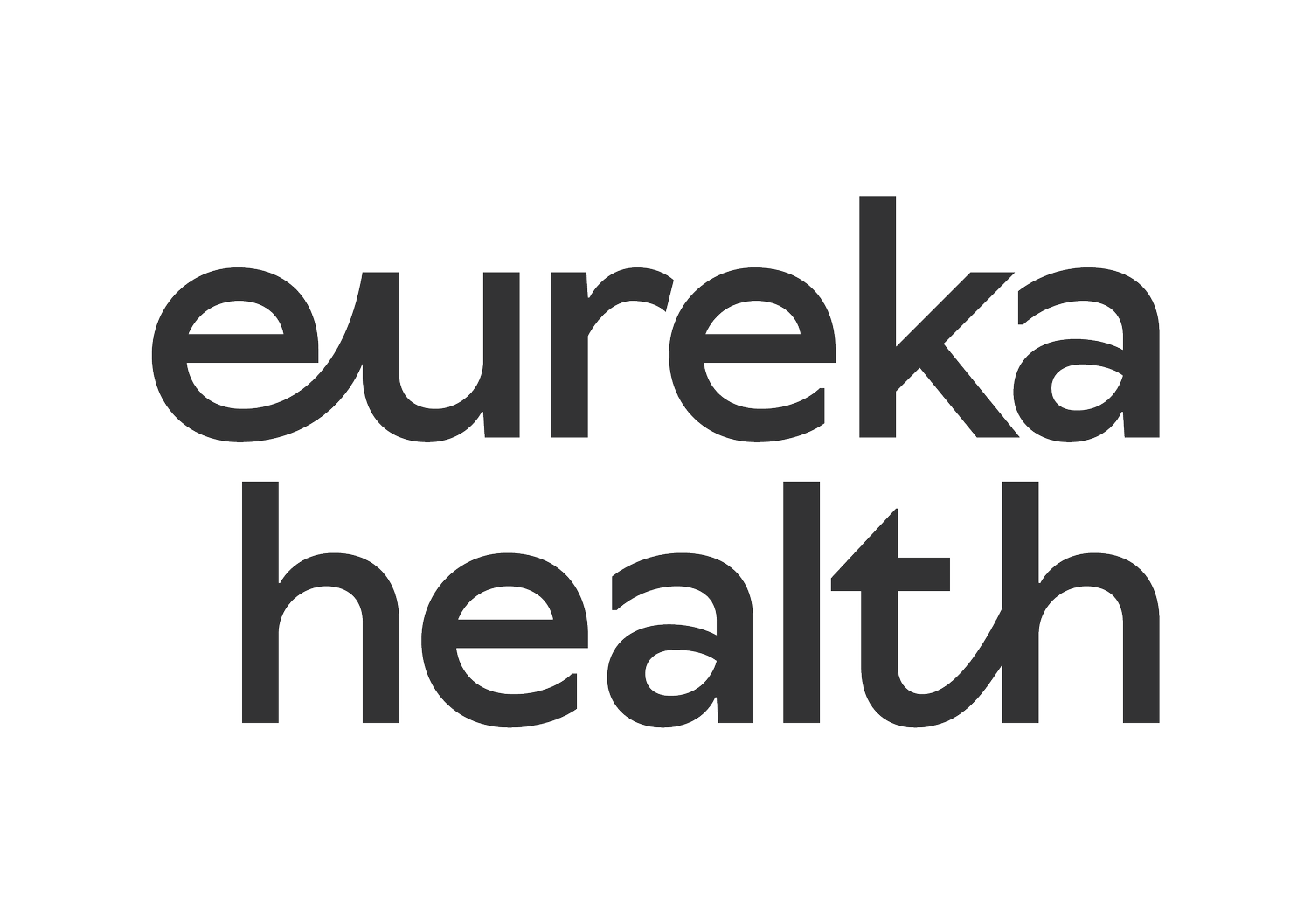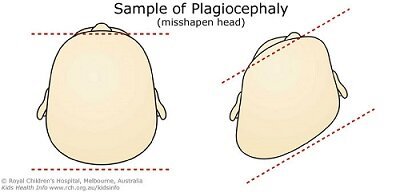Help! My baby has a flat head! - explaining Positional Plagiocephaly
What is Plagiocephaly?
Positional or Deformational Plagiocephaly, refers to a flattening or misshaping of the head. This is a relatively common issue that often presents when a baby has a preference for rotating their head in one direction, and then sleeps on their back with their head rotated to their preferred side. As the bones in their head are so soft and the sutures (small joints) in between the cranial bones aren’t fused yet in young babies, this often results in a change in head shape. In a mild case you might notice a simple flattening of one aspect of your babies head, in more obvious cases, this is often accompanied by some compression through the facial bones and results in asymmetrical facial features (notable for parents are asymmetrical eyes and ears). Sometimes an asymmetrical bald patch can also be a clue!
Why does it occur?
Babies can have unusually shaped heads for a variety of reasons. If your baby is born with an atypical head shape, it might be related to their position in utero (in your tummy during pregnancy), or their birth (position in labour and use of instruments like forceps and vacuum). If the cause of the unusual head shape isn’t ongoing (eg it occurred during labour), then this will generally resolve gradually within the first 6 weeks of life. If things don’t appear to be resolving quickly, your baby has developed a preference for moving their head and neck in one direction, or has limited neck range of motion, then they may benefit from careful assessment, treatment and advice on strategies that you can implement at home.
Generally this condition is easily corrected if picked up early, and there is no cause for concern for parents. It is important to have an assessment with your health professional to rule out more serious causes of a misshapen head (eg Craniosynostosis). Your clinician will often measure your baby’s head in order to assess the severity of the plagiocephaly and to track improvements over time.
Tips for parents:
Observe your baby when they are awake and asleep. Do they have a preference for moving their neck in one direction? When you look at their head from above and behind, does it appear symmetrically round?
Is your baby moving both arms and shoulder girdles equally? We wouldn’t expect a baby to have a preference for using their left or right hand just yet, so a preference might in fact be a sign of a musculoskeletal issue
When your baby is asleep, you can gently reposition their head in the opposite direction to their preference. A reminder to always sleep babies on their back (read about safe sleep guidelines here)
Sometimes your baby will turn their head to face their caregiver or window. Simply spin them around in their bassinet or cot so that they need to rotate their neck in the opposite direction to see you, or you can change the position of the cot in the room.
Encouraging lots of tummy time, baby wearing and play time in positions other than on their back throughout the day. (You can read more about our tummy time tips here)
When you are having play time, put toys, mirrors, music or yourself in a position that encourages your baby to look to their non preferred side
If bottle feeding, alternate sides used to feed (this will already be occurring if breastfeeding). When settling or carrying your baby, try and alternate positions and sides for this too.
Limit time in “containers”. When a baby is in a capsule or pram, they are generally on their back and not working on developing their strength or having a stretch.
If you’re concerned about the shape of your baby’s head, you can book an appointment with Megan, Anthony, Ginger or Andrew here.



